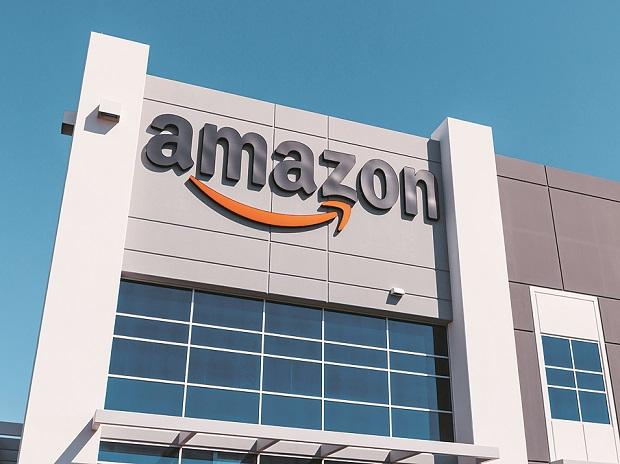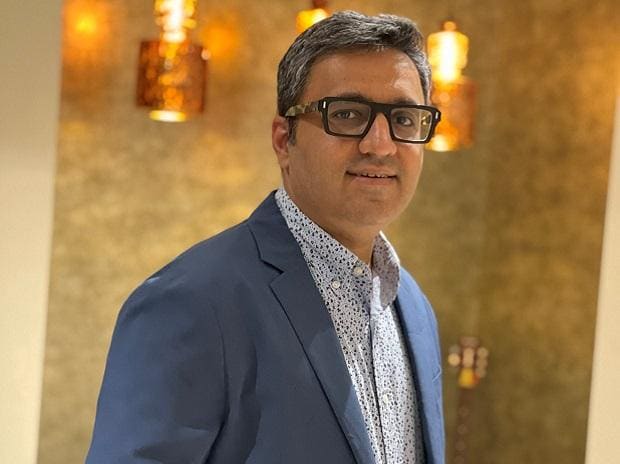The Dow Jones Industrial Average fell 652.22 points, or 1.86%, to 34,483.72

Wall Street's main indexes closed lower on Tuesday after Federal Reserve Chair Jerome Powell signaled that the US central bank would consider speeding up its withdrawal of bond purchases as inflation risks increase, piling pressure onto a market already nervous about the latest COVID-19 variant.
In a testimony before the Senate Banking Committee, Powell indicated that he no longer considers high inflation as "transitory" and that the Fed would revisit the timeline for scaling back its bond-buying program at its next meeting in two weeks.
"Powell's comments threw a monkey in the wrench in market thinking in terms of potential taper timing. You're seeing as a result of that, risk-off across the board," said Michael James, managing director of equity trading at Wedbush Securities in Los Angeles.
"You also have to factor in the Omicron variant concerns.
You can argue whether they're more headline risk or real risk but regardless, it's having a significant impact on oil, and everything that's tied to economic growth." Powell's comments also prompted speculation among some investors about a potential acceleration in interest rate hikes.
"The principal contributor to the decline in stock prices today is the Powell commentary, regarding the upcoming Fed meeting, about accelerating the tapering of their bond-buying program, which obviously leads to the prospect that rate hikes come sooner next year," said Mark Luschini, chief investment strategist at Janney Montgomery Scott in Philadelphia.
"That somewhat hawkish shift in tone caught the market flatfooted," Luschini said.
Meanwhile, the market was also left waiting for information about how dangerous the Omicron variant might be, the degree to which current vaccinations could offer protection and the additional restrictions governments might have to impose that could hurt the economy, Luschini said.






































